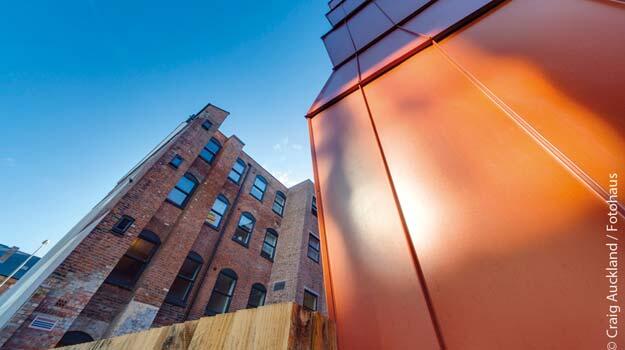Research carried out by USP Marketing Consultancy, Rotterdam showed that 39% of Dutch Architects still find it hard to believe that the Dutch Construction Sector will ever become completely circular – the highest percentage in Europe.

Research carried out by USP Marketing Consultancy, Rotterdam showed that 39% of Dutch Architects still find it hard to believe that the Dutch Construction Sector will ever become completely circular – the highest percentage in Europe. However, more positively, over half of Dutch Architects say that they currently design buildings that are easy to transform, re-use or demolish.
Following on from this Barry Rust, Tata Steel Marketing Manager for Energy & Sustainability commented: “We could consider that this is still a very positive result with 61% still believing Dutch Construction will become totally circular”.
/Sustainability/wind%20farm%202019.jpg)
"Tata Steel agrees that buildings which are easy to transform or dismantle are a key part of circularity, and as a steel maker, like other manufacturers, we have a key role to play in this. Ensuring that the circular economic enablers are put in place right from the first product design through to full product traceability and data provision." states Barry.
The industry also needs to adopt further standardisation for construction products, construction systems and construction designs. This will be a key part of enabling reuse of products or components in the future.
We could consider that this is still a very positive result with 61% still believing Dutch Construction will become totally circular
Tata Steel agrees with the findings of the survey, that reuse is a significant component of the circular economy, which is about a reduction in the use of resources, and a reduction in the associated waste. In resource terms, reuse would be preferable to recycling, however only a proper life cycle assessment will confirm this. Any resource decision needs to be based on an analysis of the whole life cycle including end of life scenarios.
Steel is well able to support the circular economy. Steel is durable, flexible and therefore the reuse potential is extremely high. But of course reuse (for the same purpose) is not always possible in which case the next level on the waste hierarchy would be repurposing the materials for use elsewhere. Again, steel is highly durable making it is very well suited when repurposing.
Where reuse is not possible, or is not the optimum resource decision, then of course steel is still strong - as virtually all steel is recycled and will be ‘used again’ - potentially in a higher quality form than its original use.
Further information can be found [here] on how we care for our environments, our people and our communities.











































































































































































